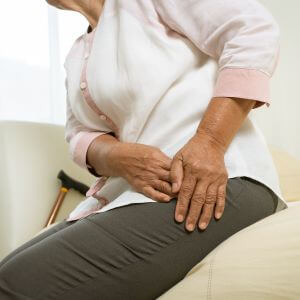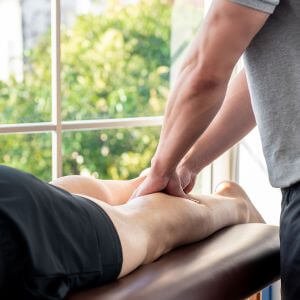Is Pain Stopping You From Getting Back in the Game?
According to the American Academy of Pain Medicine, at least 100 million Americans are living with chronic pain (pain lasting longer than three months). As if this isn’t a troubling enough trend, in recent years, physicians have been prescribing more and more prescription pain medications, including opioids. In the year 2013 alone, physicians prescribed nearly a quarter of a billion opioid prescriptions for pain relief — enough for one bottle of pills per American! This over-prescription has contributed to the significant abuse and overdose epidemic going on this country.
In the face of this public health problem, there’s been a push for a return to more non-invasive and safer pain relief strategies, including physical therapy. So whether your pain is acute or chronic in nature, we encourage you to get in touch Park Avenue Physical Therapy for natural pain relief.
5 Ways a Physical Therapist Provides Effective Pain Relief
A physical therapist is a clinical expert in movement and dysfunction who uses a combination of manual and active techniques to help people recover from injury or illness affecting a variety of bodily systems. They provide pain relief for their patients in several ways:
1. A Physical Therapist Uses Techniques And Services That Have Been Rigorously Studied And Supported By Scientific Research.
Strong research shows that physical therapy services can significantly reduce back pain, post-operative pain and a variety of other pain-related conditions. By implementing a plan of care using techniques vetted by scientific research, therapists are truly able to improve patient outcomes.
2. Physical Therapy Techniques Have Minimal-To-No Side Effects.
Treatments frequently used by your physical therapist — including joint mobilizations, massage, and modalities such as ultrasound, electrical stimulation and diathermy — have a very low risk of side effects, significantly lower than those imposed by other methods of pain relief (including invasive procedures and medications).
3. A Physical Therapist Provides Pain Relief By Addressing Pain At Its Root, Rather Than Simply Masking It.
The problem with pills is that if they are at all effective at relieving your pain, it’s usually only a temporary relief at best — stop taking the medication, and the pain will return. This is because most pain medications don’t fully address the specific underlying reason for your pain to be there in the first place.
On the other hand, a physical therapist carefully evaluates your body and identifies the underlying reasons for your pain. By addressing the underlying cause (like scar tissue or muscle length imbalances), your therapist can help you relieve and even prevent pain.
4. A Physical Therapist Can Implement Individualized Exercise Programs That Are Specifically Tailored To Your Stage Of Recovery.
Everybody (and every body) is intended to move, but when you’re in pain, it may seem counterintuitive to say that exercise can help you feel better. The truth is, physical activity can significantly reduce your pain, and physical therapists are experts at designing individualized exercise programs that can promote tissue healing, swelling reduction, improved range of motion, and increased strength and endurance.
5. Participating In Physical Therapy Is An Engaging Process That Can Inspire You To Take A More Active Role In Your Pain Management.
As important as primary care physicians are, they generally don’t get to spend very much face-to-face time with their patients. But the typical physical therapy session lasts anywhere from 30 to 60 minutes, and your physical therapist gets the opportunity to work closely with you and include you in in-depth discussions about progress, goals and needs.
Are you or a loved one currently dealing with pain? Contact Park Ave Physical Therapy Huntington, NY today to schedule an appointment with a physical therapist and experience the kind of non-invasive and drug-free pain relief you deserve.





